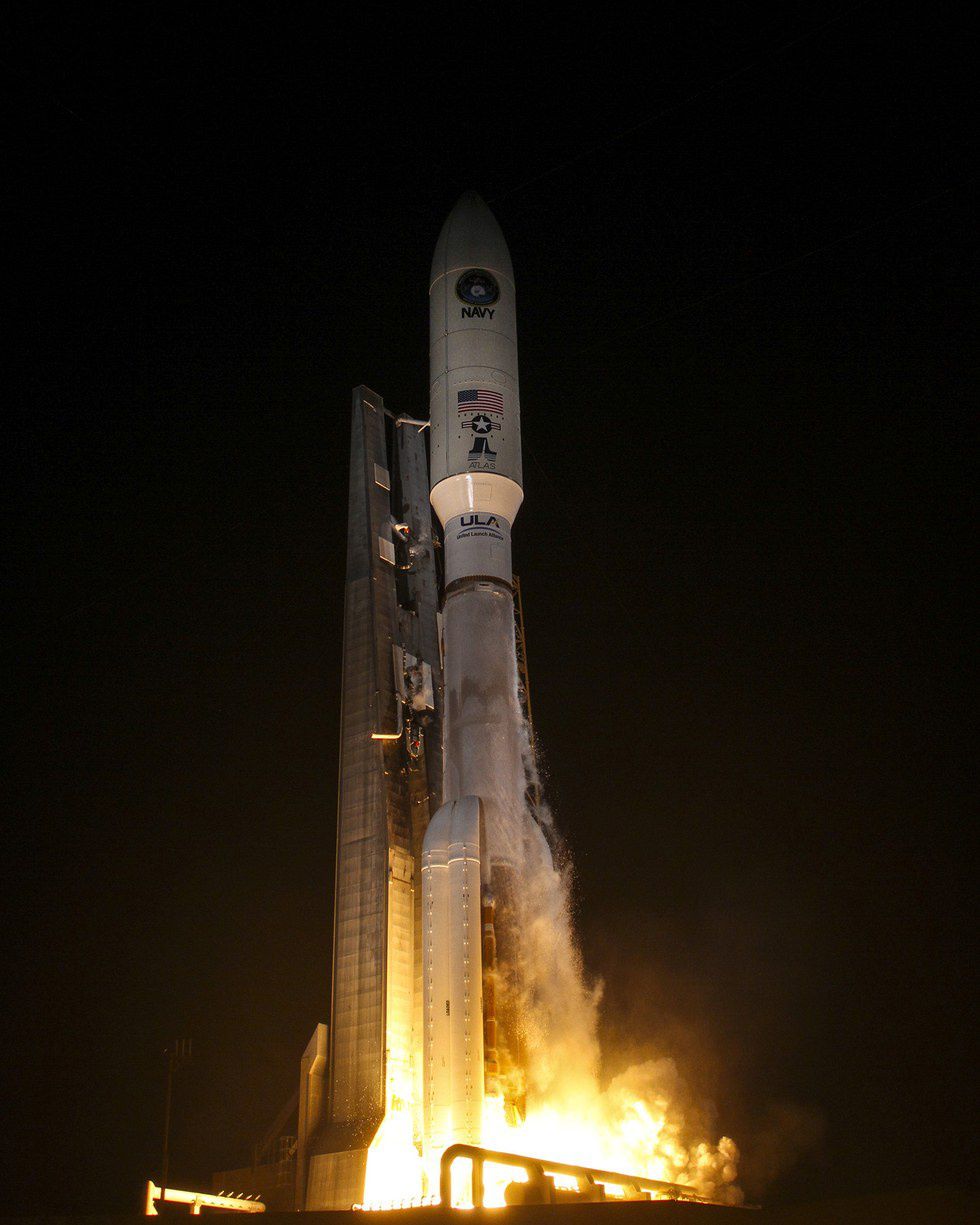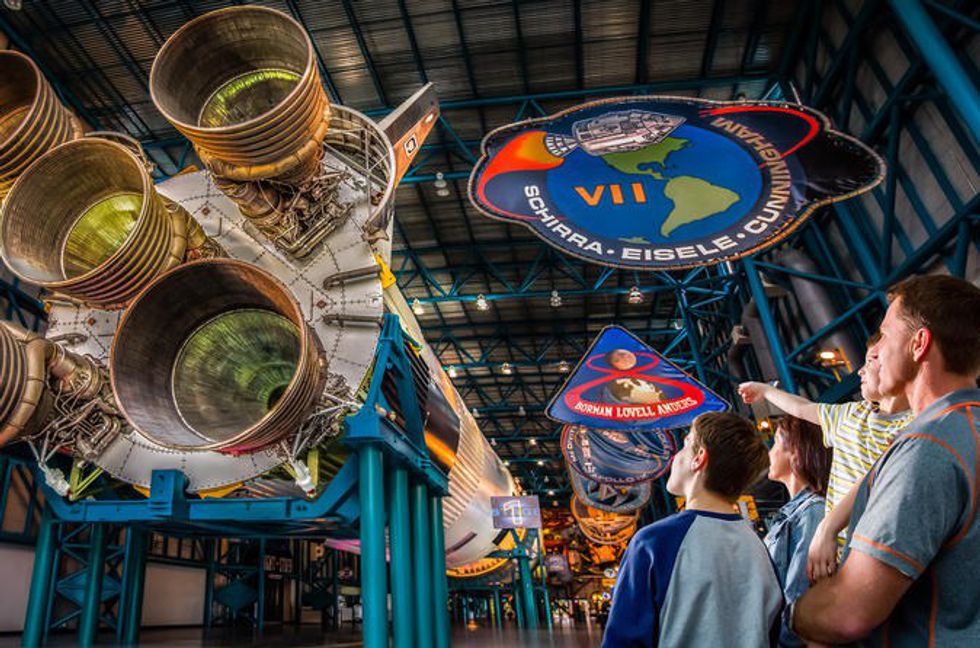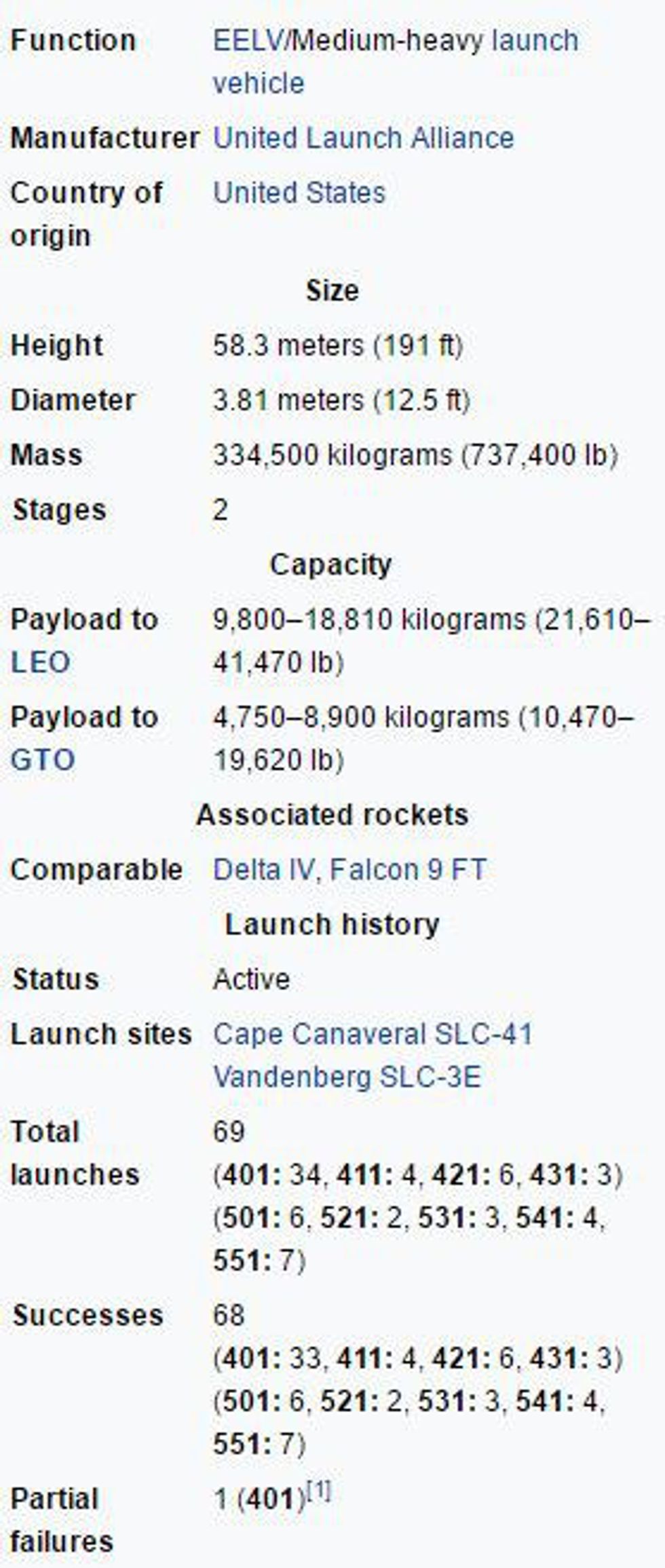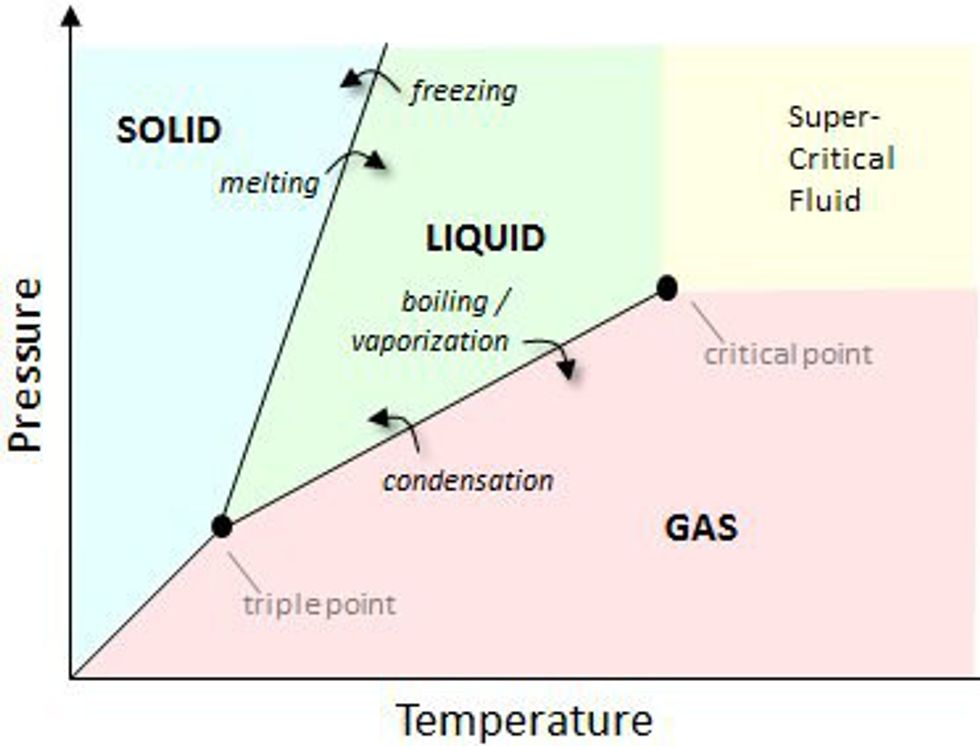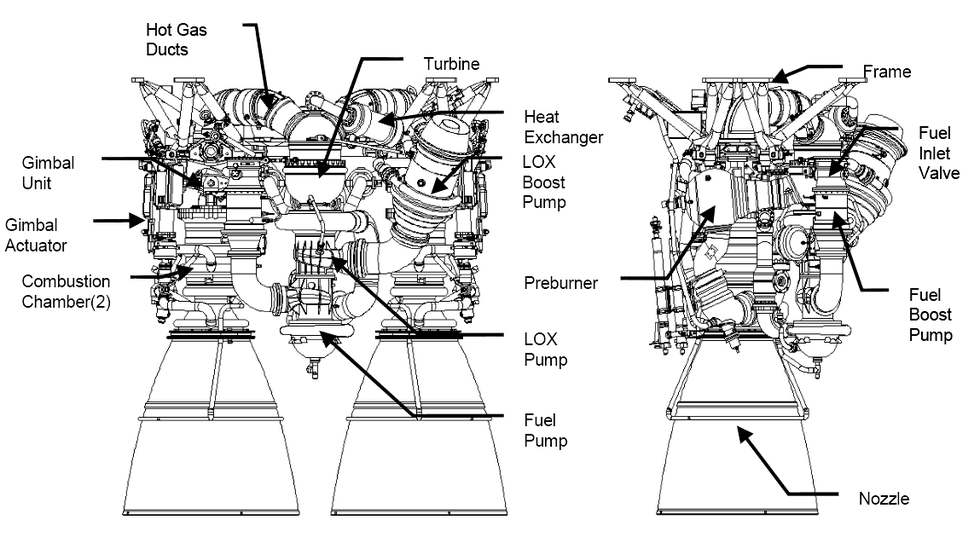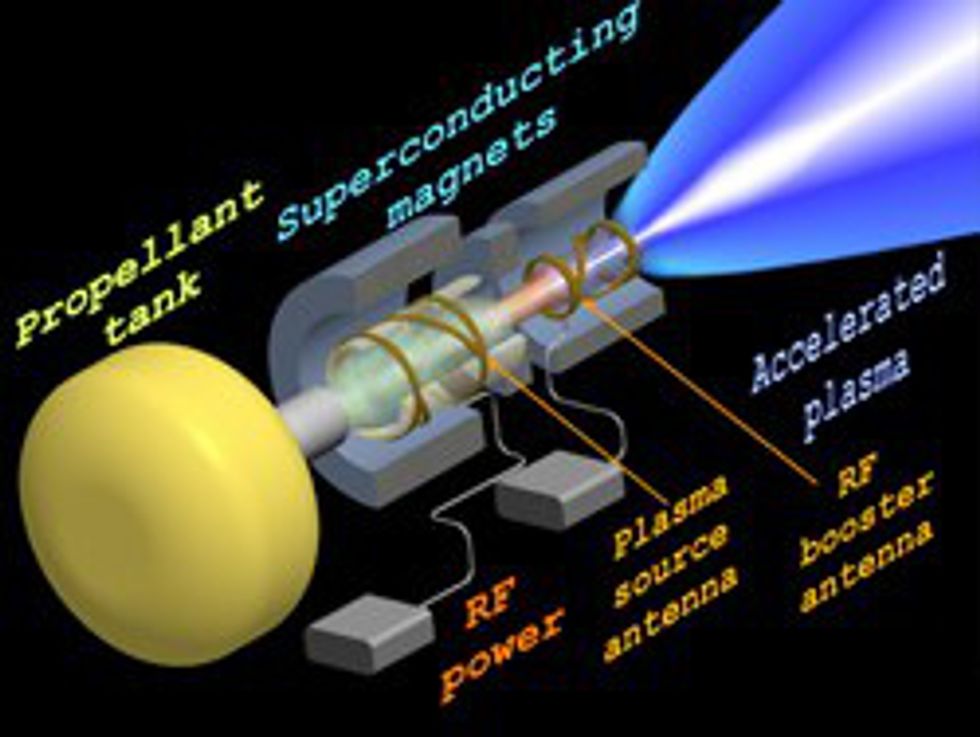"Once again, human knowledge and exploration towards the stars."
UNITED LAUNCH ALLIANCE - ATLAS V ROCKET FROM CAPE CANAVERAL
From Cape Canaveral Air Force Station, January 20, 2017 at 7:42 pm ET time (Eastern time), an Atlas V rocket was successfully launched.
The Atlas V rocket is carrying an infrared surveillance satellite into outer space. This satellite is a SBIRS GEO 3, which stands for satellite of the Space-Based Infrared System. Its purpose for launching this time is National Security. The SBIRS helps the U.S military by detecting missile launches while providing space-to-ground support. The SBIRS-GEO 3 is what is considered to be one of the Pentagon's most important satellite programs.
This is one of the 32 scheduled launches for 2017.
Cape Canaveral is one of the best places, in my opinion, solely because of how involved it is. From science, technology, and exploration beyond our reach, Cape Canaveral has it all. This year will be another great year for launches and the advancement of our minds.
Satellites, space technology, and everything that involves the exploration of far reaches of the mind is of great importance.
The Atlas V is part of the Atlas rocket family. Atlas V uses a combination of American and Russian technology as the first stage utilizes a Russian built RD-180 engine burning kerosene and liquid oxygen. However, to power its Centaur upper stage, it uses an American-built RL-10 engine burning liquid hydrogen. RD Amross, a company near West Palm Beach, Florida provides the RD-180 engines, and Aerojet Rocketdyne provides the RL-10 engines and strap-on boosters. Atlas V is assembled in Decatur, Alabama and Harlingen,Texas.
The RD-180 engine:
RD-180 is a rocket engine that features a dual-combustion chamber, dual nozzle design and is fueled by a kerosene/LOX mixture.
RD-180 engines are specifically used for the important first stage of the Atlas V.
Rocket engines are extremely important because they are part of the propulsion mechanisms of the spacecraft, which allow the craft to accelerate and lift-off. The most common method for propulsion of a Rocket engine is the high-speed forward movement of gas from the back of the launching vehicle through the supersonic de Laval nozzle.
Rockets, their inventions, investigation, research, space exploration, and a quest for knowledge all lead to discovery, marking another step forward on our voyages to wisdom.



